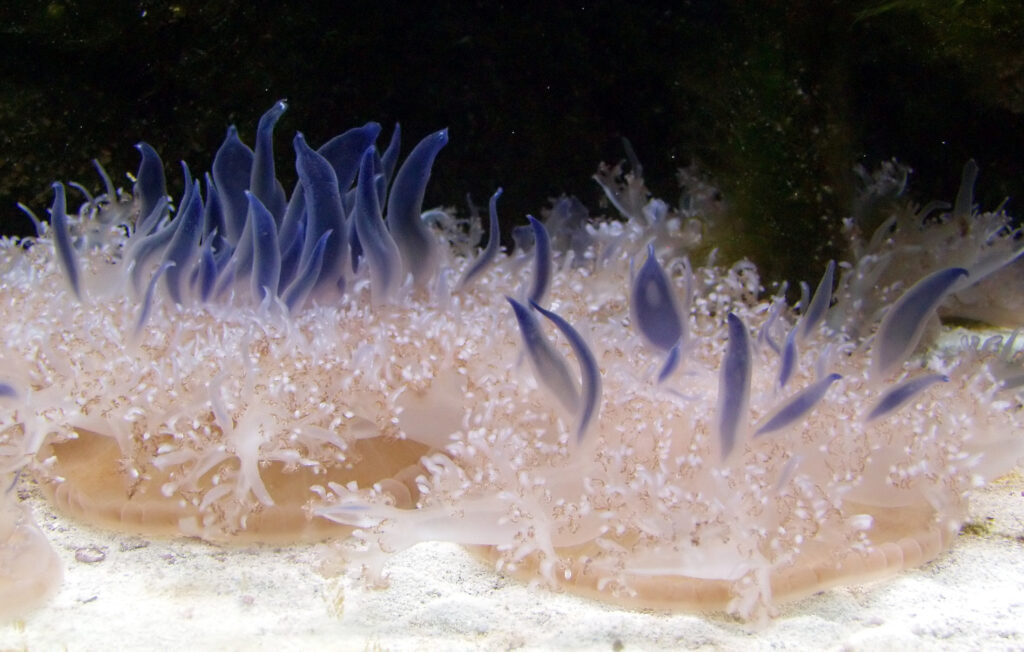
Upside-down jellyfish
Cassiopea andromeda
MAXIMUM LENGTH

30 cm
FEEDING

Carnivore
ACTIVITY

Diurnal
It is one of many cnidarian species called the upside-down jellyfish. It usually lives in intertidal sand or mudflats, shallow lagoons, and around mangroves. This jellyfish, often mistaken for a sea anemone, usually keeps its mouth facing upward. Its yellow-brown bell, which has white or pale streaks and spots, pulsates to run water through its arms for respiration and to gather food. Its color is due to the symbiotic relationship with photosynthetic algae called zooxanthella. It feeds on zooplankton.
They can deliver a painful sting.
Curiosidades
Some crabs can carry these jellyfish attach to their shell to protect themselves, and become partners for life.
Distribution
Conservation status

Not Evaluated